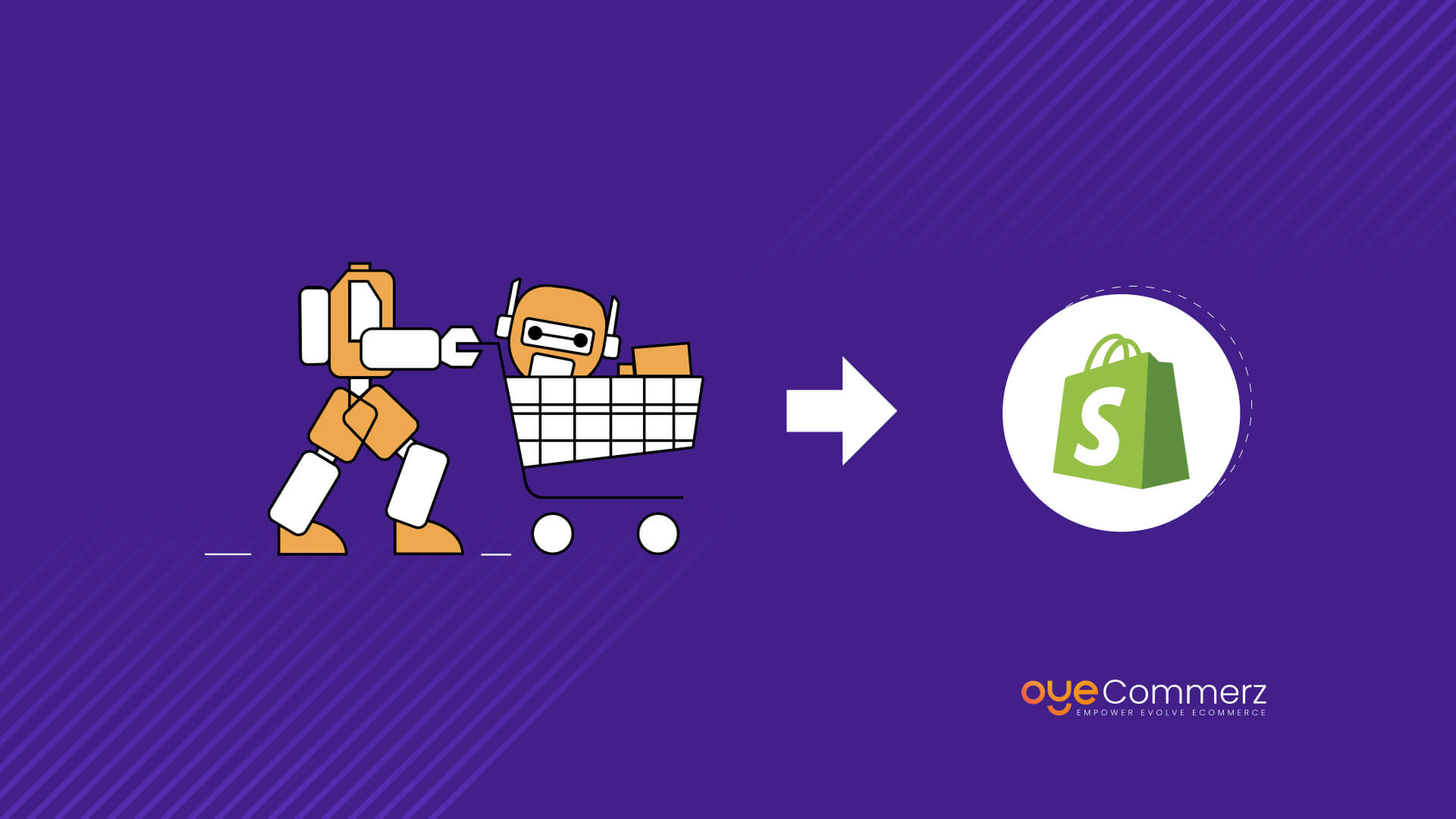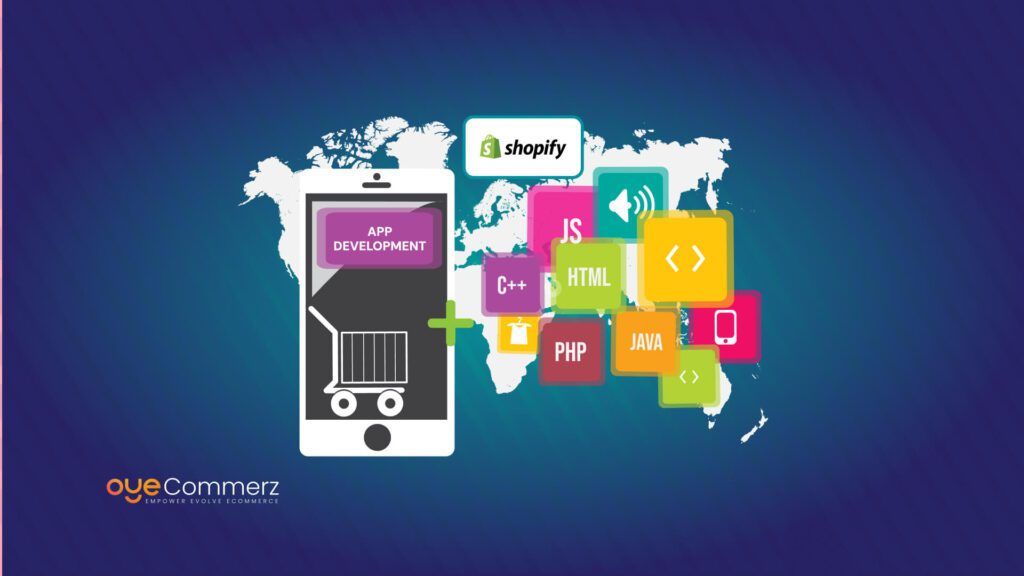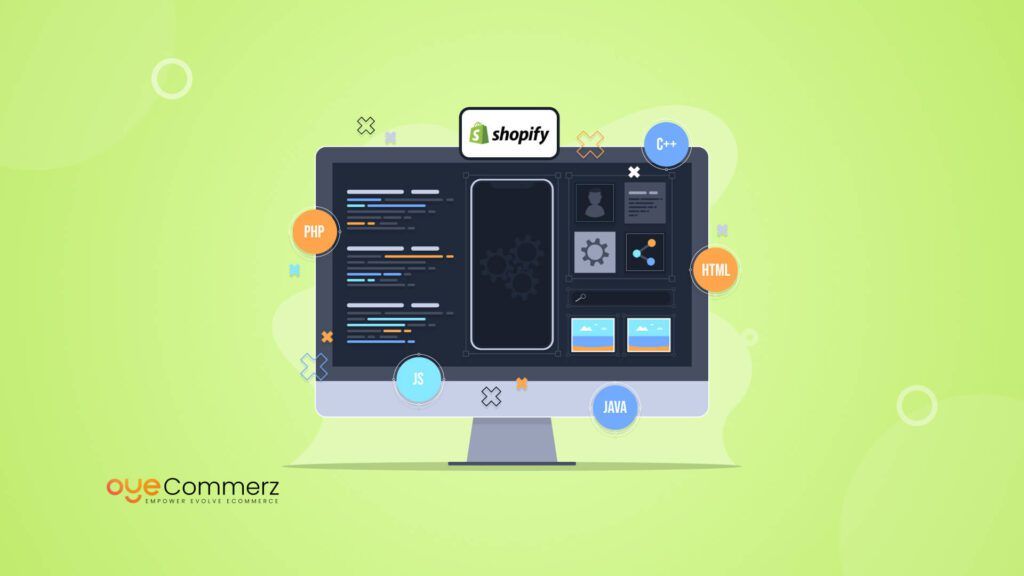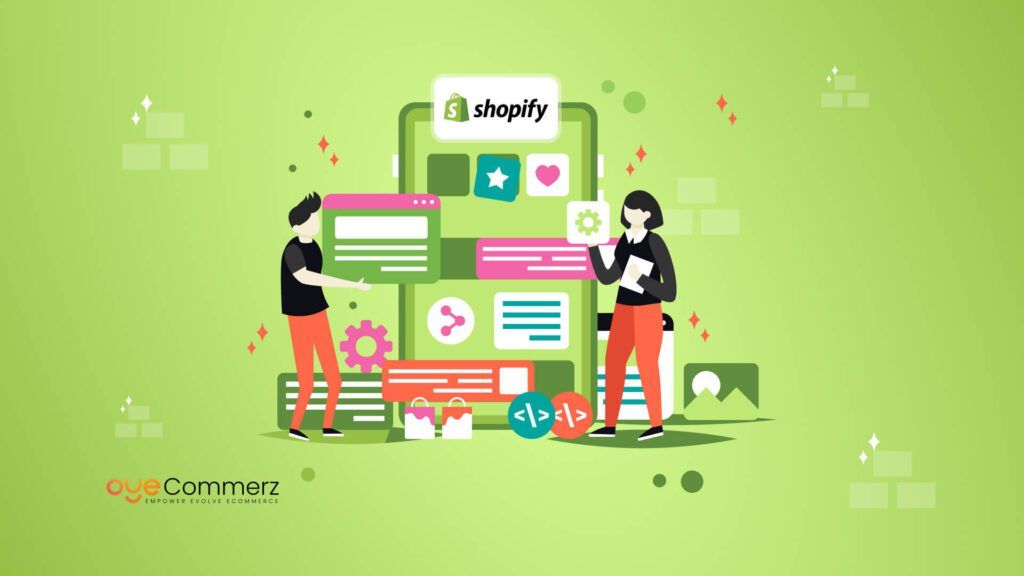Over the years, e-commerce has developed into a significant, fast-growing industry, and organizations are always in the pursuit of reliable systems with extensive functionality, sustainability, and high performance. When comparing Headless WooCommerce and Shopify, it is evident that both systems have a lot to offer in the sphere of e-commerce. Here WooCommerce goes step by step with WordPress and gives a lot of freedom and possibilities, while Shopify is a managed very user-friendly, and scalable platform.
Every enterprise evolves and requires more tools as it expands and develops, and a solution that was ideal for one might not be suitable later on. This is where the concept that is headless migration is likely to be relevant. Although this guide covers the general aspects of headless migration from WooCommerce to Shopify, this part will be as technical as possible to serve the purpose of a reference for developers.
Table of Contents
ToggleHeadless Commerce Stats Overview
The adoption of headless architecture has surged by an impressive 25% since 2019, with 64% of enterprises now capitalizing on its advantages for increased flexibility and speed. This rising momentum underscores a significant transition towards more loosely coupled, service-oriented architectures.
A significant 62% of firms recognize the pivotal role of headless commerce in enhancing engagement and boosting conversions, highlighting its effectiveness and efficiency in today’s digital environment.
Furthermore, an overwhelming 92% of businesses are convinced that leveraging headless commerce platforms significantly simplifies the delivery of robust digital experiences. This consensus underscores the seamless integration and adaptability that headless architectures offer, enabling businesses to effortlessly navigate the ever-evolving digital landscape.
What is Headless Migration?
Headless migration, as the name suggests, means the separation of a site’s front-end presentation layer from its back-end e-commerce capability, which delivers the capability of enhancing the site’s agility. This means, about migrating from WooCommerce to Shopify, that the UI residing in the WooCommerce system needs to be taken out, and connected with Shopify’s back-end services. This makes for a transition much easier and keeps the user experience where it’s most efficient, on the foundation of Shopify.
Benefits of Headless Migration
- Flexibility: They can use any tech stacks on the front end for instance, react, vue.js, or Angular.
- Performance: Therefore the front-end and the back-end don’t need to perform as a single entity and actually the performance of the back-end can be enhanced by changing the front-end from time to time it will give maximum output.
- Scalability: This means that by scaling the front-end and the back-end differently it is easy to manage resources available.
- Customization: More control over the functionality of the frontend design and development and more control over the look and feel of the applications created.
Related Read: Power of Headless Commerce: Why It’s Essential for Modern E-Commerce Success
Role of Developers in Headless Migration

Thus, developers are one of the most valuable assets during headless migration. This guarantees that there is little downtime, and the migrated information is neither lost nor does it negatively affect the user experience. Here’s a detailed look at their responsibilities:
- Assessment and Planning:
To start the migration process, developers should evaluate the current Woocommce setup concerning plugins, themes, and any other additional features of third-party applications. They also need to define the new structure of the system, and what technologies and frameworks they are going to use for the front-end.
- Data Migration:
That is why data migration is one of the crucial stages of the project. These procedures sweep product information, customer information, order history, and any other pertinent data from WooCommerce and transfer the same to Shopify. During this process of copying the records, developers must see to it that the integrity of the data as well as the consistency is maintained.
- Front-End Development:
Due to the headless migration, the front end has to be decoupled and therefore, it has to be redesigned with the help of the selected framework. This involves mirroring what is already there in design terms, or starting from scratch and getting the front-end to play nicely with Shopify’s APIs.
- API Integration:
Interaction with Shopify must be made through its Application Programming Interfaces because of the existence of the front end. This includes dealing with the identity of the user, data retrieval, and management of data between the laid-out views and Shopify.
- Testing and Quality Assurance:
Just before the new setup is taken online, the developers are charged with the responsibility of testing the application rigorously. These are the functional testing, performance testing, and security testing.
- Deployment and Monitoring:
Last but not least, the developers are expected to implement this new system and manage it to the mainstream. It means that they should be able to sort out any problems that may occur before, during, or after migration.
Switch from Headless WooCommerce to Shopify
WooCommerce to Shopify migration is a step-by-step process that goes through the initial evaluation and concludes with the implementation. Below is a step-by-step guide to help developers navigate this process:
Step 1: Evaluate the Current WooCommerce Integration
The first aspect is to depict the current state of the WooCommerce that is involved. This involves:
- Inventory: For instance, product information and other details that include categorizing all the products, customer information and order details among other information.
- Customizations: Determining any additional plugins or themes that has been installed or if there is any tweaks that was done to the coding framework.
- Integrations: Some of the examples of such options include; Listing all third parties, for example, payment processors, shippers, etc.
Step 2: Plan the Migration
Hence, planning is vital when it comes to migration because it allows you to avoid the pitfalls of a chaotic migration process. Key considerations include:
- Choosing a Front-End Framework: Choose the front-end framework/technology to use (e. g. React, Vue. js).
- API Strategy: How to organize the modules of the front-end to use/dial Shopify’s APIs in a meaningful way.
- Data Mapping: Evaluate WooCommerce data fields and make a relation between WooCommerce data fields and the Shopify data fields.
- Timeline and Resources: Set goals and objectives for the migration as well as the timeline to complete the process and identify who will be responsible for the process.
Step 3: Export Data from WooCommerce
Export all relevant data from the WooCommerce. This can be done either with the help of embedded export functions or with additional applications.
- Products (such as its list of SKUs, description of each product, price for each, and existing stock)
- Such information such as the names, emails, or addresses of the respective customers.
- Order details (time of ordering, its status, total)
- Categories and tags
Step 4: Import Data into Shopify
Ensure that the data is imported to the Shopify. This can be done by using the Shopify import feature or through using third-party apps that provide migration features. Ensure that:
- The actual update of product data to the correct fields and the importation process are seamless.
- New customers’ specifics are shared with efficiency.
- Order history is preserved.
- Categories & Tags are also copied to Shopify.
Step 5: Work on the Front End
Implement the new front-end with the selected framework. This involves:
- Recreating the UI/UX: If there is already a design made, then put it in your drawing or you can create a new design.
- Integrating with Shopify APIs: Make sure that the front end can request and show data from Shopify.
- Implementing Cart and Checkout: Bring into realization the cart and the checkout process that should be incorporated with Shopify’s checkout.
- Testing Responsiveness: Make sure the front-end design is optimal for all devices it is going to be used on.
Step 6: Indicate the Migration
This will help in checking whether the new setup is well configured and all aspects run appropriately. This includes:
- Functional Testing: Run every ascertained feature and functionality to check its full functionality.
- Performance Testing: Make sure that the site quickly loads and comfortably accommodates a high amount of traffic.
- Security Testing: Search for insecure states and confirm that the data is protected.
- User Acceptance Testing (UAT): It is imperative to get feedback from the stakeholders and then make the pertinent changes.
Step 7: Implementation and Control
Install the newly created site and watch it to see that it is working fine. This involves:
- DNS Configuration: Forward the customers to the new website.
- Monitoring Tools: Monitor the performance often using tools that will help one identify and correct mistakes that have been made.
- User Support: Be ready to solve the problem that the user may face after the migration has been made.
Important Points to be Followed by Developers
While migrating from WooCommerce to Shopify, developers should keep the following important points in mind:
-
Data Integrity
Make sure no loss of information as it is transferred from one program to the other. Sean once said that he double-checks any information regarding the product, the client, and orders. To reduce the time spent on data validation use scripts that would help to complete the process more efficiently.
-
SEO Preservation
SEO is important if one is to keep ranking on search engines and traffic from such sources. Make sure some technical aspects are properly implemented or transferred to the new environment: URLs, meta descriptions, etc. To make sure not to face 404 errors after the migration, one has to ensure that every important page is set for 301 redirects.
-
Performance Optimization
Headless implementation means that you can have a different setup of the front-end and the back-end separately to optimize them. Ensure this is taken advantage of by making the front end as fast and efficient as possible.
-
API Rate Limits
APIs of Shopify are limited by rate limits by the Shopify to avoid problems of scalability. Bear these limitations when migrating and while the system is running to keep downtimes to a minimum. To avoid rate limit issues provide techniques that can be employed in this case and these include; Pending requests or webhooks.
-
Error Handling and Logging
Advanced error handling and logging must be applied. This contributes to determining problems and their solutions in the shortest possible time. Errors should be logged such that the failure process is captured with pertinent details to help in the debugging process.
-
Security
Security or lack of it should be of great concern. Make sure that all data transmission is done through the hypertext transfer protocol securely. To strengthen security, utilization of tough identification and accreditation programs should be employed. Ambitious and improved with new versions, keep tracking tools dependencies for security issues.
-
User Experience
This is why it is so important to ensure that consistency is achieved in migrating the user experience and the processes after the move, too. Make sure that the new front end of the application is easy to use. Inform the users about the changes and ensure that they are willing to accept and work with the changes.
-
Training and Documentation
Give guidelines to the team that will handle the new setup including giving them orientation about it. This entails how to operate the new front end, how to deal with products, and, how to address customer orders. There is general knowledge that documented procedures help make the transition easier and have minimum downtime.
Also Read: 10 Examples of E-commerce Brands Operating with Headless Shopify
Make the move to Shopify today and elevate your business with OyeCommerz!
Our expert team is committed to offering seamless migration solutions to revitalize your digital business. Benefit from exceptional support and expertise as you embark on this critical journey.
Enhance your e-commerce platform with OyeCommerz—your reliable partner for WooCommerce to Shopify Migration Services. Reach out to us today and begin your journey toward transforming your online success!
Contact Us Now!
“In the dynamic realm of e-commerce development, mastering the intricacies of headless migration is paramount for developers seeking to stay ahead of the curve.”
Conclusion
The best practices of the WooCommerce to Shopify migration with the help of headless architecture can bring tangible advantages in the area of adaptability, speed, and extensiveness. But it is a kind of activity that calls for effective planning and proper coordination. Developers are instrumental in this process by guaranteeing the data’s accuracy, compatibility, and efficiency.
By adhering to all the instructions pointed out in this guide and analyzing the highlighted critical points, developers can make a seamless transition from WooCommerce to Shopify in a headless manner. It also improves the end-user experience in the sphere of e-commerce at the same time ensuring a stable ground for its further development and modernization.




